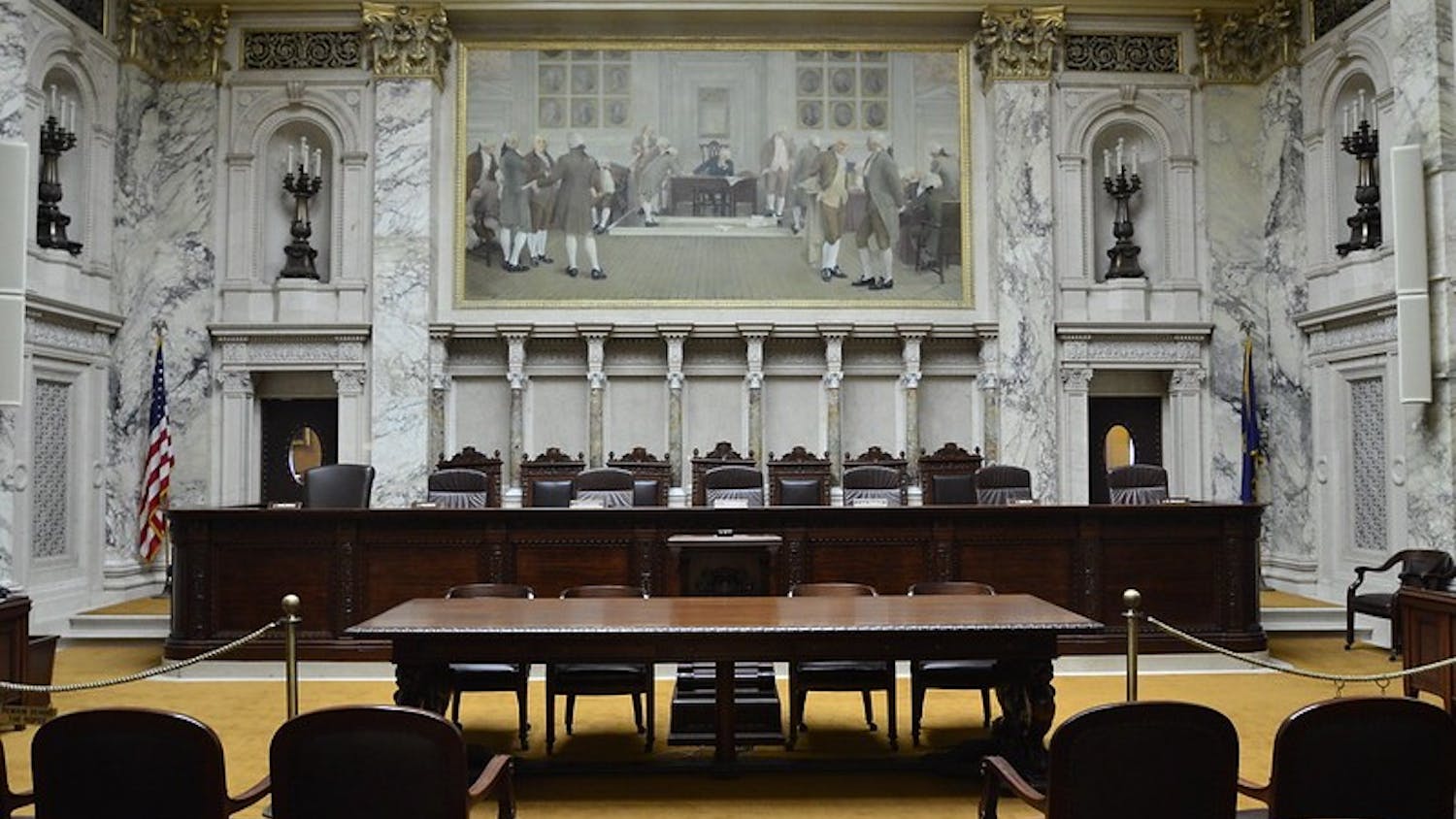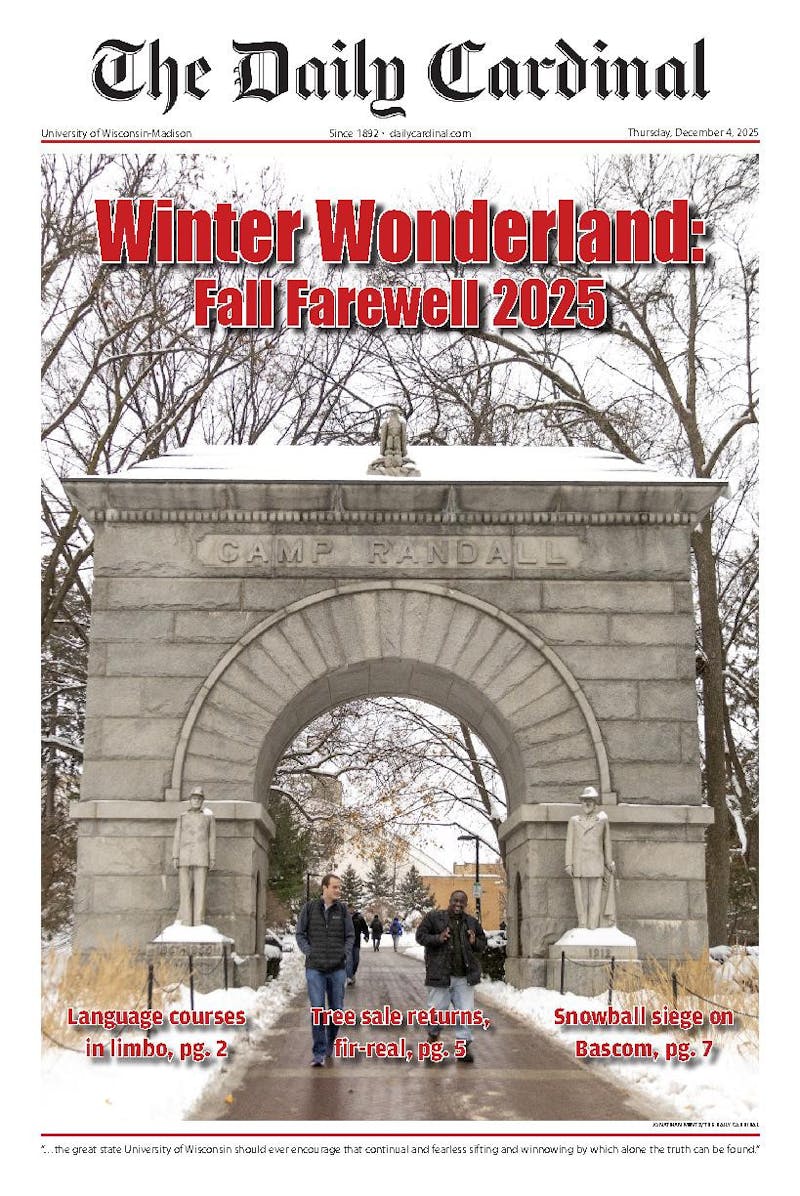In the United States, anyone can succeed. The beauty of this country is the American Dream: in this land of great opportunity for all, anyone who puts his mind to it can fulfill his dreams of wealth, influence, power and happiness. This country is based on equality of opportunity; any American can start from the ground and, with hard work, reach the sky.
Despite this noble outlook, however, the United States has not historically lived up to its reputation as a beacon of freedom of opportunity for all. Both because of legal oppression and de facto prejudice, a large part of the population is simply blocked from achieving.
In this land based upon the principle that everyone was created equal, we have a history of dividing the population into groups, and some groups have more opportunity than others. Everyone can reach the sky, but the ground is slanted. Though we have made great strides to even the ground out, the work is still far from done.
Race-based admissions policies like the one at the University of Michigan exist today because the ground is so uneven. Minorities in this country tend to start at disadvantage from the beginning in terms of income and education. Standardized tests favor white students, and the schools in the urban areas where minorities live are often not up to the standards of schools in the mostly-white suburban and rural regions. While we strive to create truly equal opportunity, right now it does not exist.
Many opponents of affirmative action argue that it prevents equal opportunity. But the United States today doesn't have the equal opportunity that these people support. A popular statement among opponents of the Michigan program is that a perfect SAT score counts for less than minority status. But standardized tests such as the SAT have been shown to be biased against minorities, who have consistently scored lower than whites.
Legacy, another aspect of the Michigan system that has been under scrutiny, also tends to favor whites because in past generations, more whites have attended college than minorities.
Other proposals also carry problems. One that President Bush favors, in which state universities accept the top students from every school in the state, requires segregated high schools to diversify college student populations. Furthermore, such a program would ignore the difference between individual high schools.
New York City, for example, has several magnet public high schools with rigorous entrance requirements; it also has several public high schools considered failing. Admitting the same amount of students from all schools assumes that these schools are all the same. Using affirmative action based on economic class and geography would yield similar results to affirmative action programs in place now, as minorities are usually concentrated in poor urban areas. And doing nothing at all would continue the current gap in racial status for generations to come.
As a professor of mine once put it, not having affirmative action is like having a sprint race with some people starting 50 feet behind. Equal opportunity is a noble goal, but it is currently not a reality in this country. Programs such as the one at Michigan aren't perfect, but they help level the playing field. Though the racial climate in the United States is improving, it is not nearly what it should be. Affirmative action programs, such as the one at Michigan, exist today so they won't have to tomorrow. It is important to keep them so that sometime in the future the ground will be level so that all people can achieve the American Dream.





